tl;dr: Money artwork is a unique and creative form of expression that uses currency as a medium.

In this article, we will delve into the history of money artwork, its significance in the art world, different types of money artwork, famous money artists, controversies surrounding this genre, and the potential for collecting and investing in money artwork.
Money artwork is a fascinating and innovative genre that combines the worlds of art and finance. Artists use currency as a medium to create thought-provoking pieces that explore themes of wealth, power, and the value of money itself.
History of money artwork
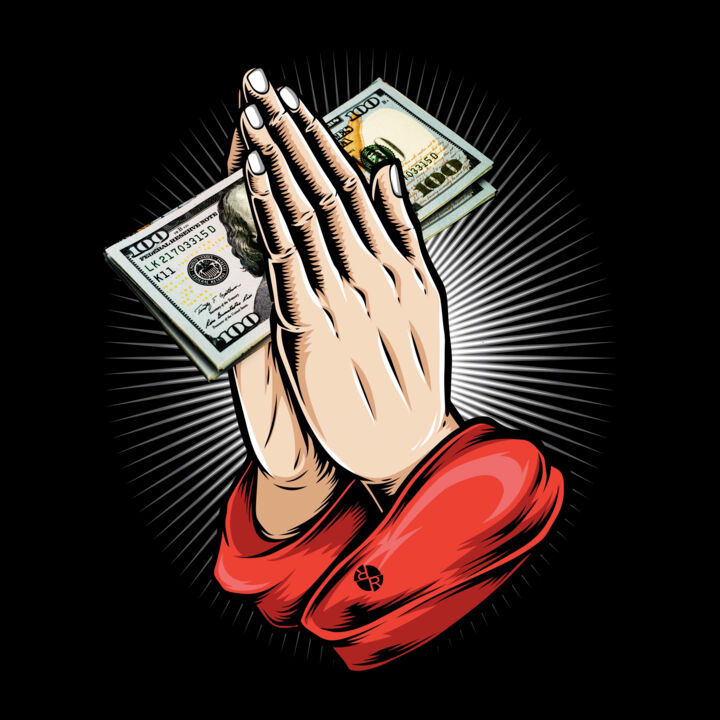
Early examples of money as art
The use of money as a form of artistic expression can be traced back to ancient civilizations. In ancient Greece, coins were often adorned with intricate designs and symbols, showcasing the artistic skills of the time. Similarly, during the Renaissance period, artists would incorporate coins and currency into their paintings and sculptures, adding a layer of symbolism and meaning to their works.
Modern artists and their use of money
In the 20th century, artists began to explore the concept of money as a medium in more depth. One of the pioneers of this movement was Marcel Duchamp, who famously created a piece titled “L.H.O.O.Q.” in 1919 by adding a mustache and goatee to a reproduction of the Mona Lisa and scribbling the letters on the bottom, which phonetically spell out a French phrase meaning “she’s got a hot ass.” This piece challenged the traditional notions of art and questioned the value and meaning of iconic artworks.
The significance of money in art

Exploring themes of wealth and power
Money artwork often delves into themes of wealth and power, highlighting the disparities and inequalities that exist in society. By using currency as a medium, artists can make powerful statements about the influence of money on individuals and communities. These artworks serve as a visual critique of the economic systems that perpetuate these inequalities.
Questioning the value and meaning of money
Money artwork also raises questions about the value and meaning of money itself. By manipulating currency and incorporating it into their works, artists challenge the notion that money is the ultimate measure of worth. They invite viewers to reconsider their relationship with money and reflect on the true sources of value in their lives.
Types of money artwork
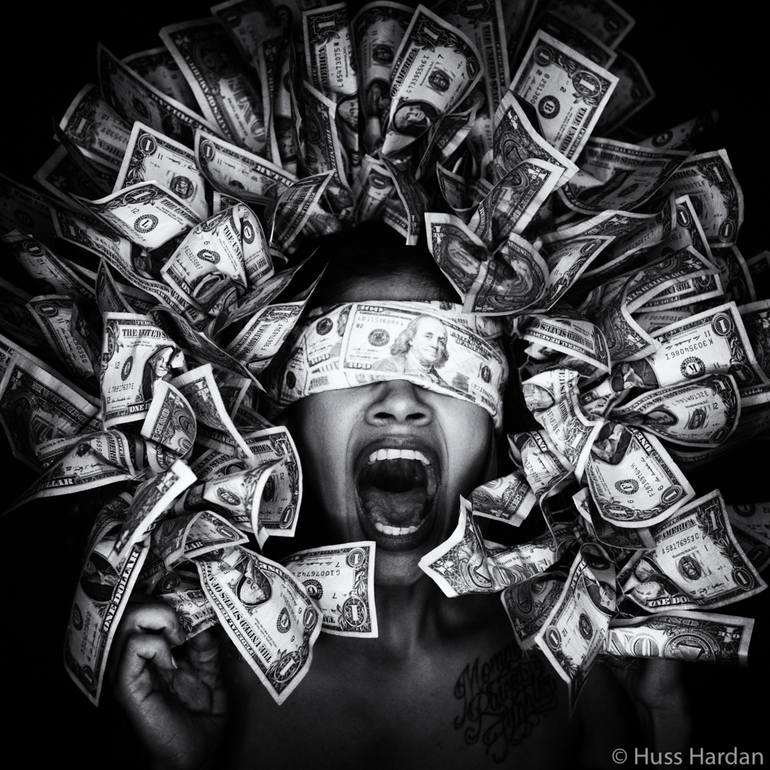
Collage and mixed media
Collage and mixed media techniques are commonly used in money artwork. Artists combine different elements, such as banknotes, coins, and other materials, to create visually striking and conceptually rich pieces. These artworks often incorporate various textures and layers, adding depth and complexity to the overall composition.
Sculpture and installation
Sculpture and installation art offer unique opportunities for artists to explore money as a medium. From large-scale installations made entirely of coins to sculptures that incorporate banknotes, these artworks challenge traditional notions of sculpture and engage viewers in a tactile and immersive experience.
Painting and drawing
Painting and drawing techniques are also utilized in money artwork. Artists may use currency as a canvas or incorporate it into their paintings and drawings to add texture and symbolism. These artworks often feature intricate details and meticulous craftsmanship, showcasing the artist’s skill and creativity.
Famous money artists
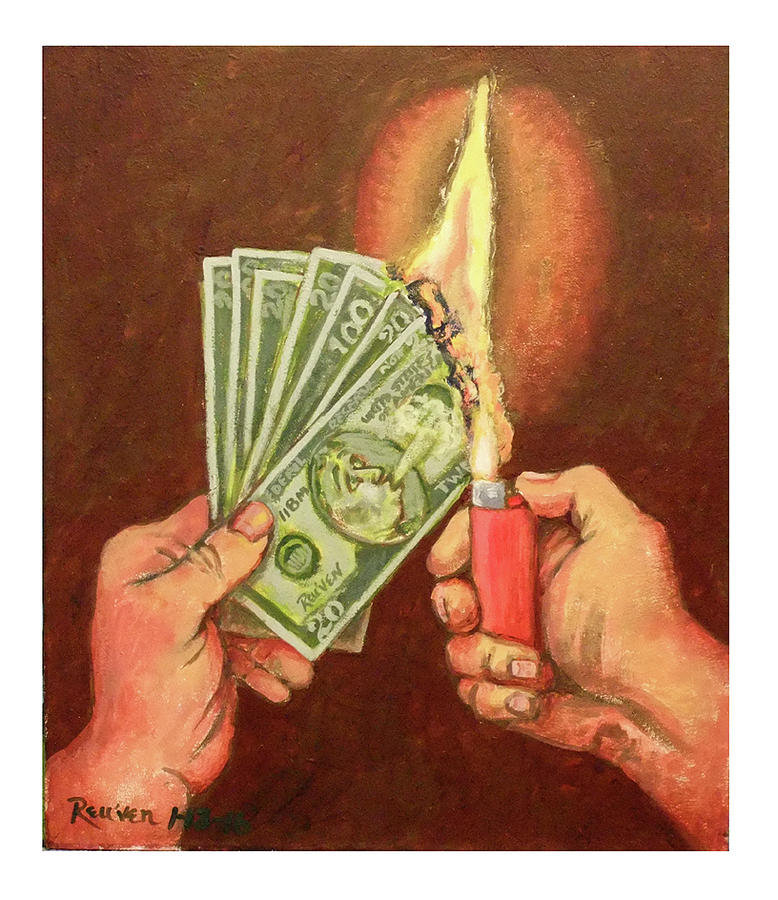
Andy Warhol
Andy Warhol, a prominent figure in the pop art movement, frequently incorporated money into his artworks. His iconic piece “Dollar Sign” (1981) features a large, stylized dollar sign, emphasizing the influence of money in contemporary culture. Warhol’s use of vibrant colors and repetition draws attention to the allure and power of money.
Damien Hirst
Damien Hirst, known for his provocative and controversial artworks, has also explored the theme of money in his creations. In his piece “For the Love of God” (2007), Hirst created a platinum cast of a human skull and adorned it with over 8,000 diamonds, including a large pink diamond on the forehead. This artwork, valued at millions of dollars, challenges the relationship between art, money, and mortality.
Banksy
Banksy, the anonymous street artist, often incorporates money-related imagery in his works. His piece “Girl with a Balloon” (2002) features a young girl reaching out for a heart-shaped balloon, which is often interpreted as a symbol of hope and innocence in a world driven by money. Banksy’s thought-provoking street art challenges societal norms and encourages viewers to question the value and meaning of money.
Controversies surrounding money artwork
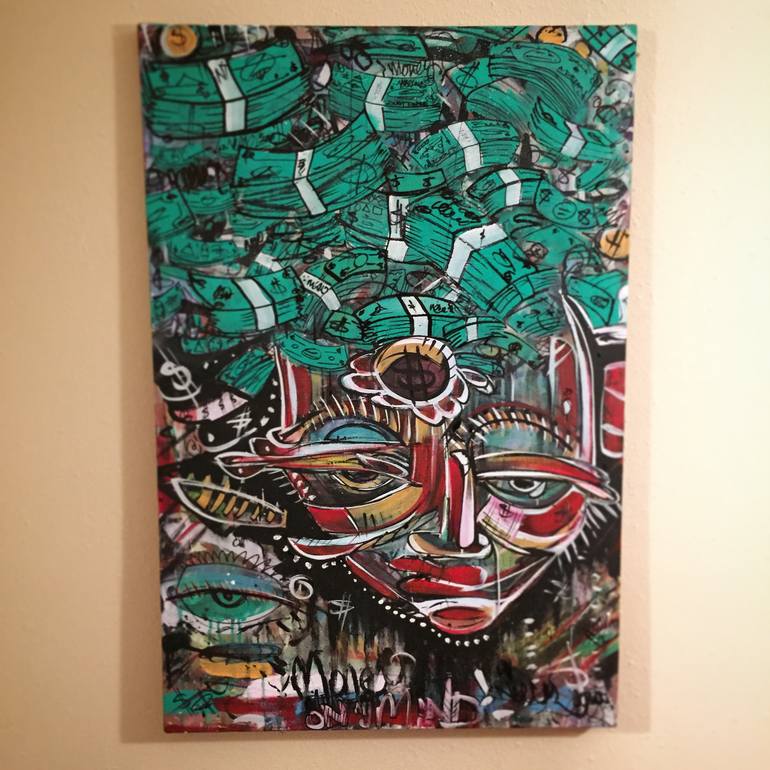
Legal issues and copyright infringement
Money artwork can sometimes raise legal concerns, particularly when artists use actual currency in their creations. In many countries, it is illegal to deface or alter currency, leading to potential copyright infringement issues. Artists must navigate these legal complexities while still expressing their artistic vision.
Public perception and criticism
This artwork often faces criticism and controversy from the public. Some argue that using money as a medium trivializes its value and promotes materialism. Others view it as a powerful form of social commentary and artistic expression. The debate surrounding money artwork highlights the subjective nature of art and the diverse perspectives it elicits.
Collecting and investing in money artwork

Building a collection
For art enthusiasts and collectors, money artwork offers a unique and intriguing addition to their collections. Building a collection of money artwork requires research, careful selection, and an understanding of the artist’s background and artistic intent. Collectors can explore galleries, art fairs, and online platforms to discover and acquire these captivating pieces.
Understanding the market
As with any form of art, the market for money artwork fluctuates based on factors such as artist reputation, demand, and scarcity. Collectors interested in investing in money artwork should stay informed about current trends, attend auctions, and consult with art experts to make informed decisions. It is essential to consider the long-term potential and cultural significance of the artworks when assessing their investment value.
Conclusion
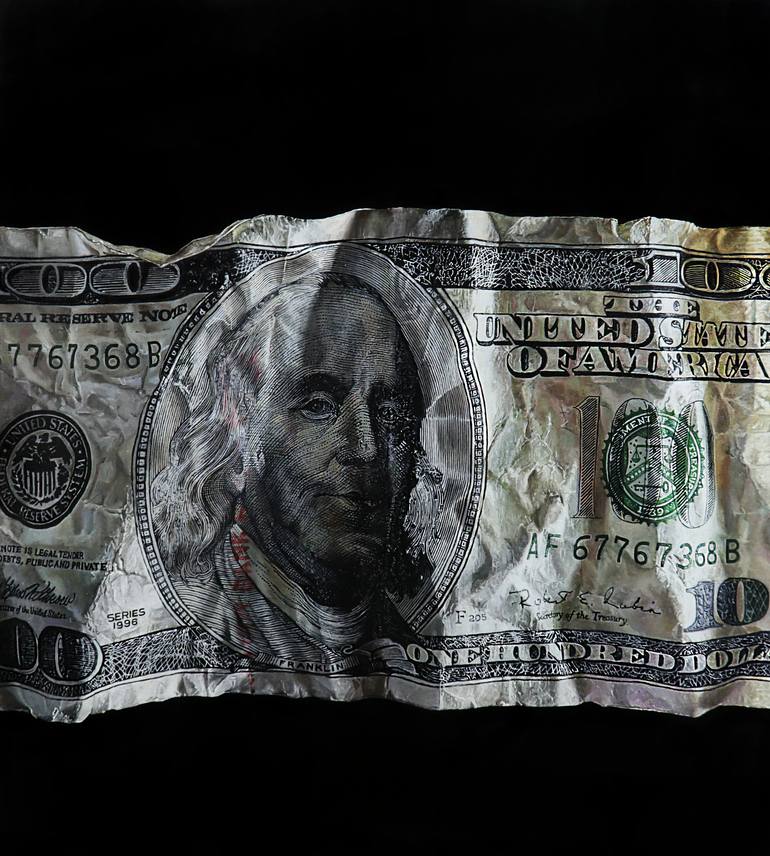
Money artwork is a captivating and thought-provoking genre that challenges traditional notions of art and money. Through the use of currency as a medium, artists explore themes of wealth, power, and the value of money itself. From ancient civilizations to modern-day artists, money artwork has evolved and continues to push boundaries.
Whether you appreciate it for its aesthetic appeal or its social commentary, money artwork offers a unique perspective on the intersection of art and finance.
Originally posted 2023-07-10 10:38:35.
